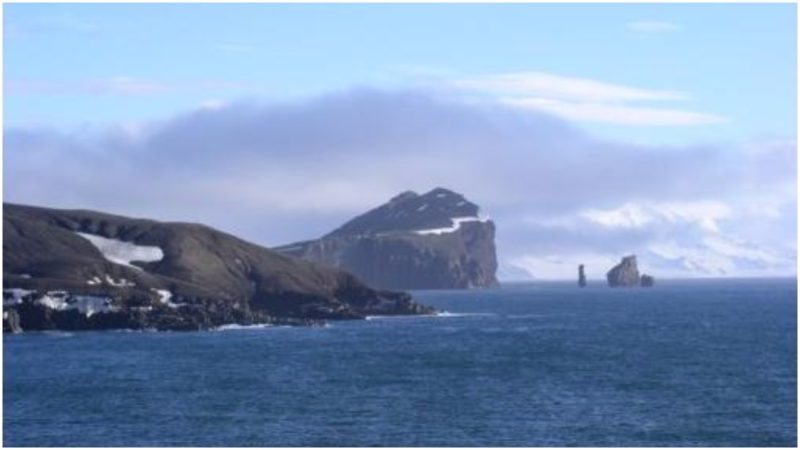The first discovery of Deception Island was made by a group of British sealers from the brig Williams in January 1820, led by William Smith and Edward Bransfield.
The first man that landed and remained there for two days was the American sealer, Nathaniel Palmer. During these two days, he focused on exploring the central bay and gave the island its name.
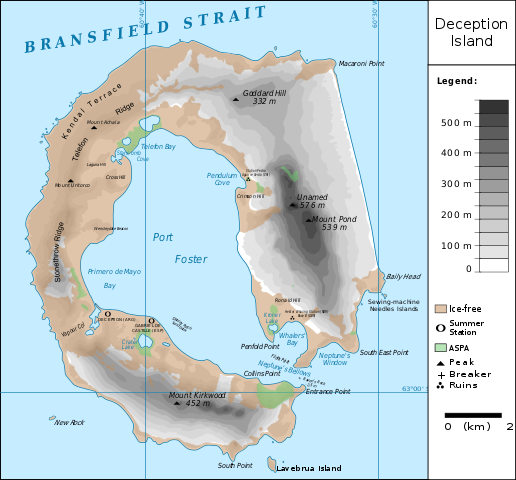
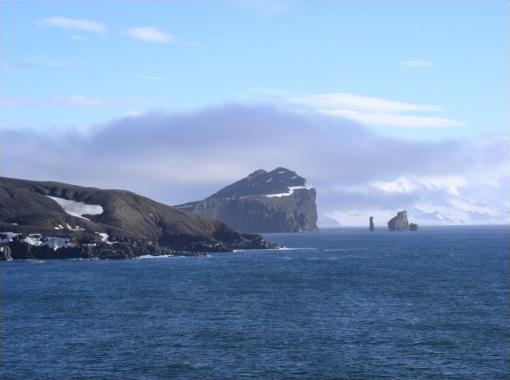
Over the next few years, the word of a safe bay in Antarctica got around and it became a focal point for the fur sealing industry. It began with a handful of ships in 1820, rising to nearly a hundred ships during the next two summer seasons.
Even though the island did not have a large population of seals, to begin with, it presented itself as a perfect natural harbor, secluded from ice and winds. It is possible that some of the men lived on shore in tents or shacks. However, massive overhunting led to the complete extinction of seals, and the fur seal industry ended just as fast as it started. By 1825, Deception Island became an abandoned place once again.
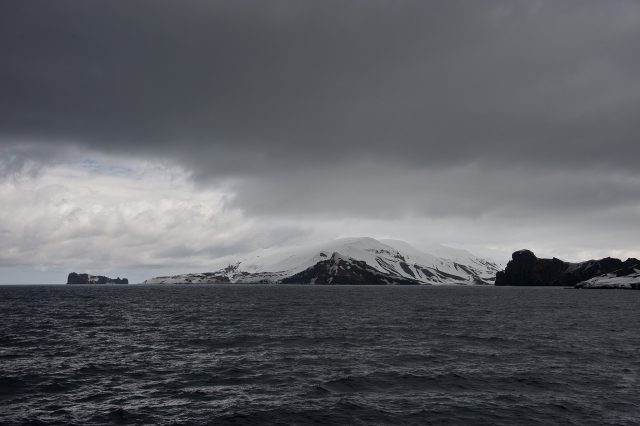
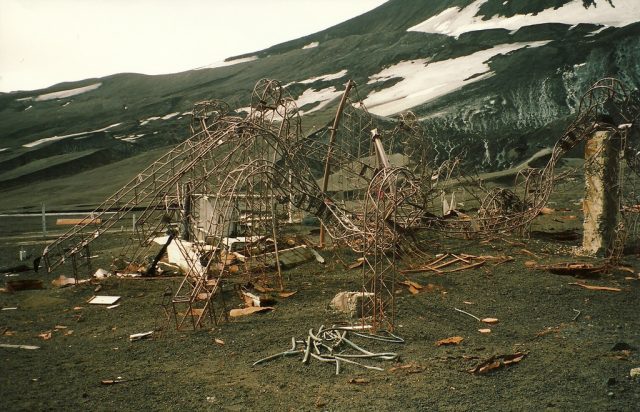
The second human disturbance of this island began in the early 20th century. The interest this time was whales and their untouched population, again in order to make rapid profits. The whaling industry was established in South Georgia and spread fast into the South Shetland Islands where the lack of shore meant ships had to be anchored somewhere else.
Once again, a colony was set up on Deception Island using its natural bay and of course the fresh water it provided. It didn’t take a long time before factory ships were constructed in the 1920s: this meant that whales could be fully processed on the ships and no base was required. Again, Deception Island became an uninhabited site.
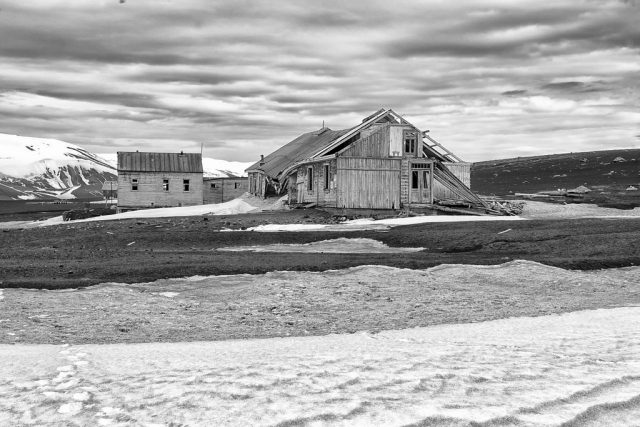
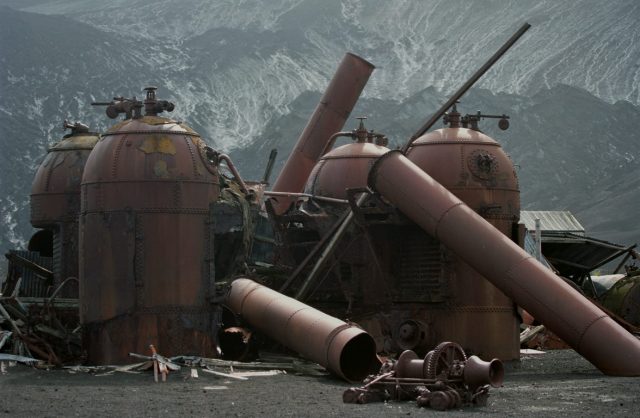
In the decades to come, many countries claimed the island’s territory. Britain, Argentina, Chile, Norway and Spain all carried out occupation and reoccupation visits, destroying the flags and symbols left before them and leaving new signs and declaring and re-declaring the islands as their own.
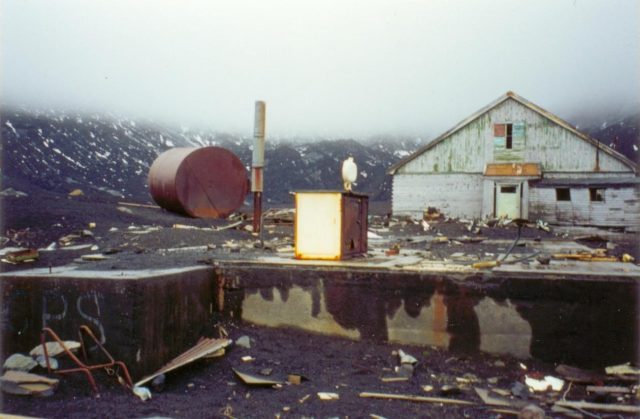
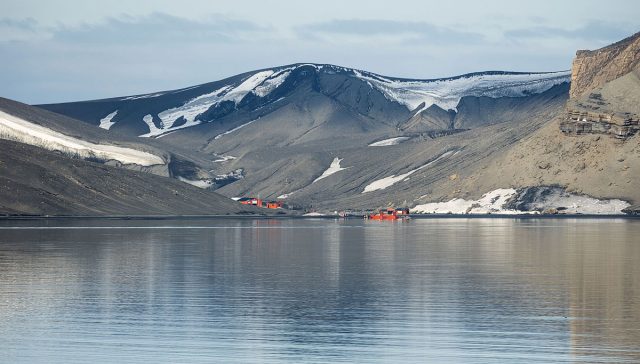
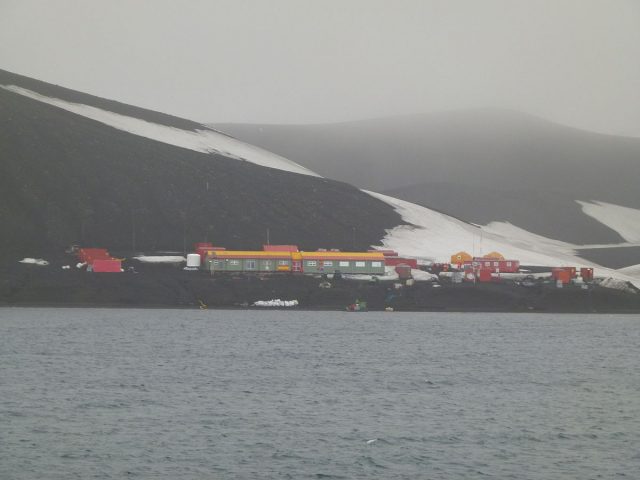
However, the island fired back, asking to be left alone and in peace with a very violent act. The island’s volcano erupted again in the late 1960s, destroying all of the scientific stations. The island was left abandoned once more.
